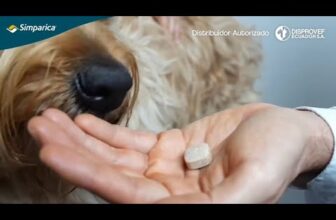
Ultimate Dogs Care Tips: Welcome to Barky Supplies Blog
Welcome to Barky Supplies Blog, your ultimate resource for dogs care tips, advice, and information to keep your canine companion happy and healthy.

Added to wishlistRemoved from wishlist 13

Added to wishlistRemoved from wishlist 16

Added to wishlistRemoved from wishlist 16

Added to wishlistRemoved from wishlist 16

Added to wishlistRemoved from wishlist 3

Added to wishlistRemoved from wishlist 2

Added to wishlistRemoved from wishlist 2

Added to wishlistRemoved from wishlist 2

Added to wishlistRemoved from wishlist 2

Added to wishlistRemoved from wishlist 2

Added to wishlistRemoved from wishlist 2

Show next
About BarkySupplies
Welcome to Barky Supplies, your one-stop destination for all your dog supply needs! We specialize in providing high-quality products for your furry friends, including dog beds, toys, food, and much more.
About Us | Contact Us | Privacy Policy | FAQS
Get Access to Exclusive Offers, Exciting Stories, and Amazing Events
Are you tired of missing out on amazing deals, unique stories, and fun-filled events? Look no further, because you can now sign up for exclusive access to all these and more! By signing up, you’ll gain access to a world of opportunities that you won’t find anywhere else.

